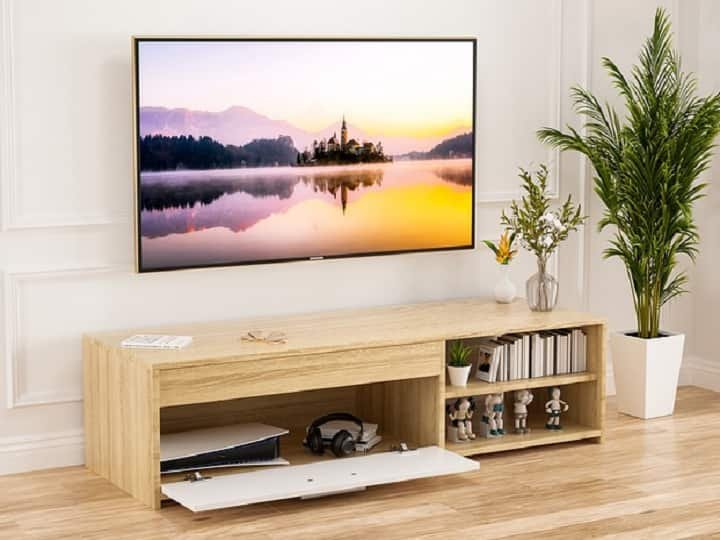The world of television is also very big. When it comes to the latest technology TV, then there is talk of QLED TV and OLED TV. But have you paid attention to both these terms, what is the difference between these two types of TV. Both QLED (Quantum Dot Light Emitting Diode) and OLED (Organic Light Emitting Diode) are two different display technologies used in modern TVs. While both offer great picture quality, there are differences in technology and other things between these two types of TVs.
What is the difference between technology
QLED TVs use quantum dots, which are tiny semiconductor nanocrystals that emit a flame when exposed to a light source or electric current. These quantum dots are placed in front of an LED backlight, and the light generated by the backlight passes through the quantum dots to form colored pixels on the screen.
In OLED TVs, organic compounds are used, which generate light when an electric current is applied to them. Each pixel in an OLED display is self-illuminating, which means it produces its own emitted light and individual pixels can be invisible. This results in better contrast ratios and deeper blacks in OLED TVs, as each pixel can be completely turned off, providing true blacks.
picture quality
QLED TVs typically provide high brightness levels, making them well suited for bright rooms or bright environments. It can provide live color, even better than real color. However, true black color is difficult to achieve due to the use of LED backlights.
The picture quality of OLED TVs is simply superb, especially when it comes to contrast and blacks. Because every pixel emits light, OLED TVs deliver true black color, resulting in high contrast and crisp pictures.
Difference in viewing angle too
QLED TVs generally have good viewing angles, but there can be some color shift or loss of light when viewed from extreme angles.
OLED TVs: OLED TVs have great viewing angles because each pixel lights up on its own. This means you’ll get the same picture quality from almost any angle.
difference in burn-in
QLED TVs don’t have the problem of burn-in, as they use an LED backlight and quantum dots, which are less sensitive, to capture images.
There was a problem of excessive shading or burn-in in the western direction of OLED TV. If a permanent image is shown on the screen for an extended time, it may leave a blurry image. However, advanced OLED TVs have implemented various technologies to reduce the risk of burn-in.
read this also
Noise introduced Smart Luna Ring, know pre-booking and features of wearable device

